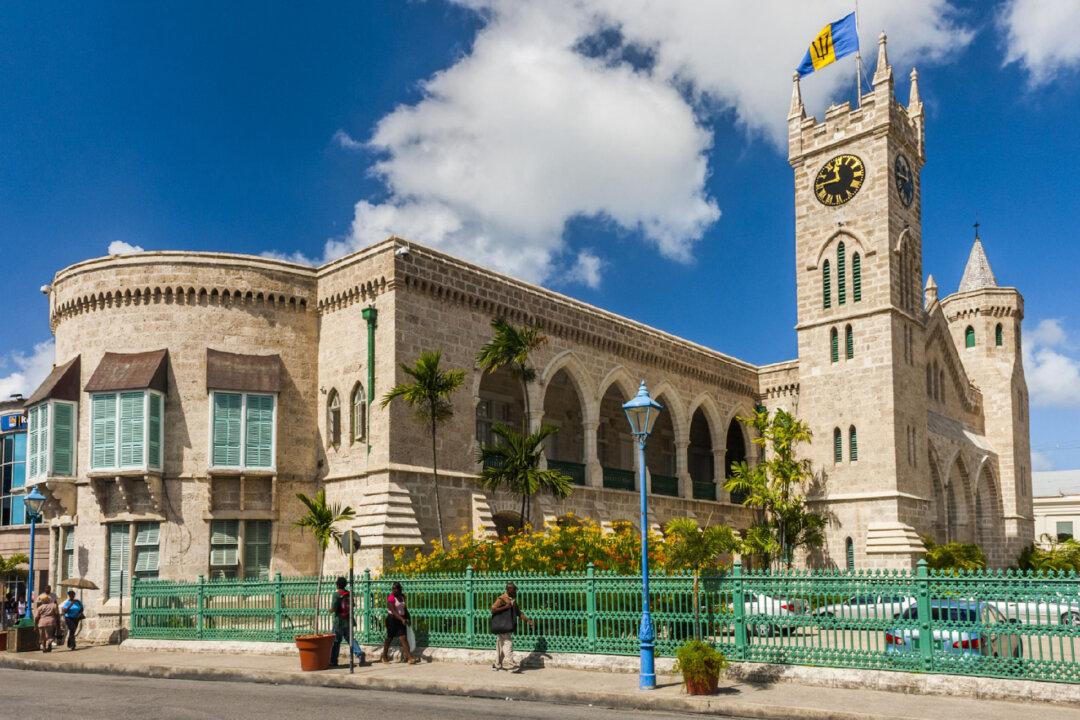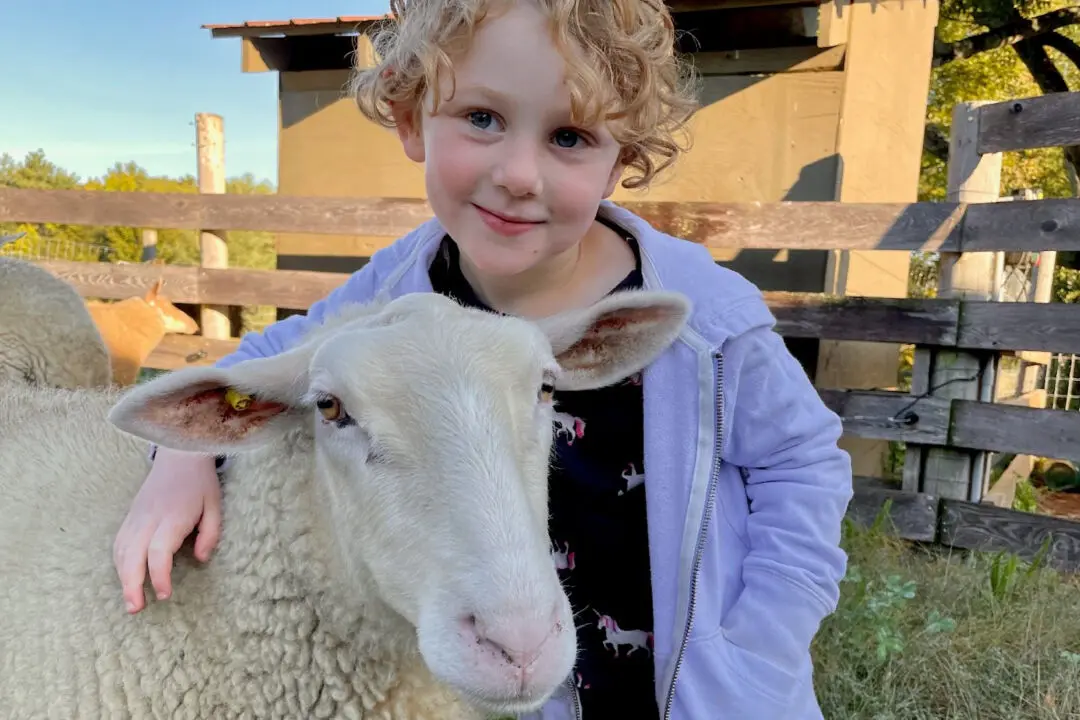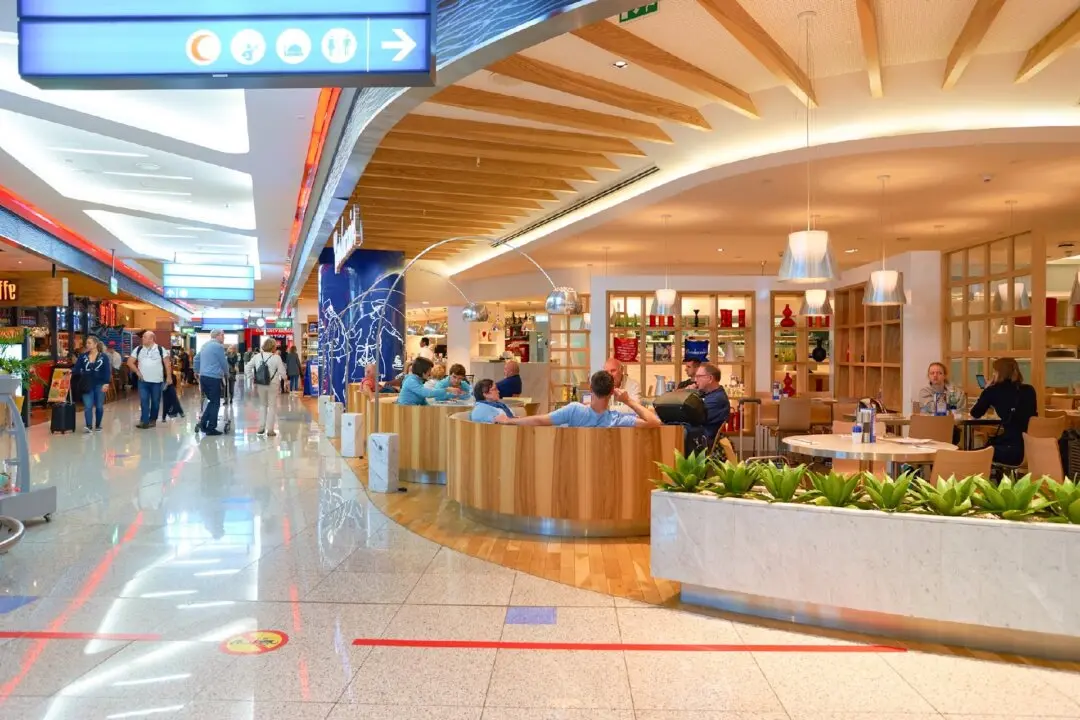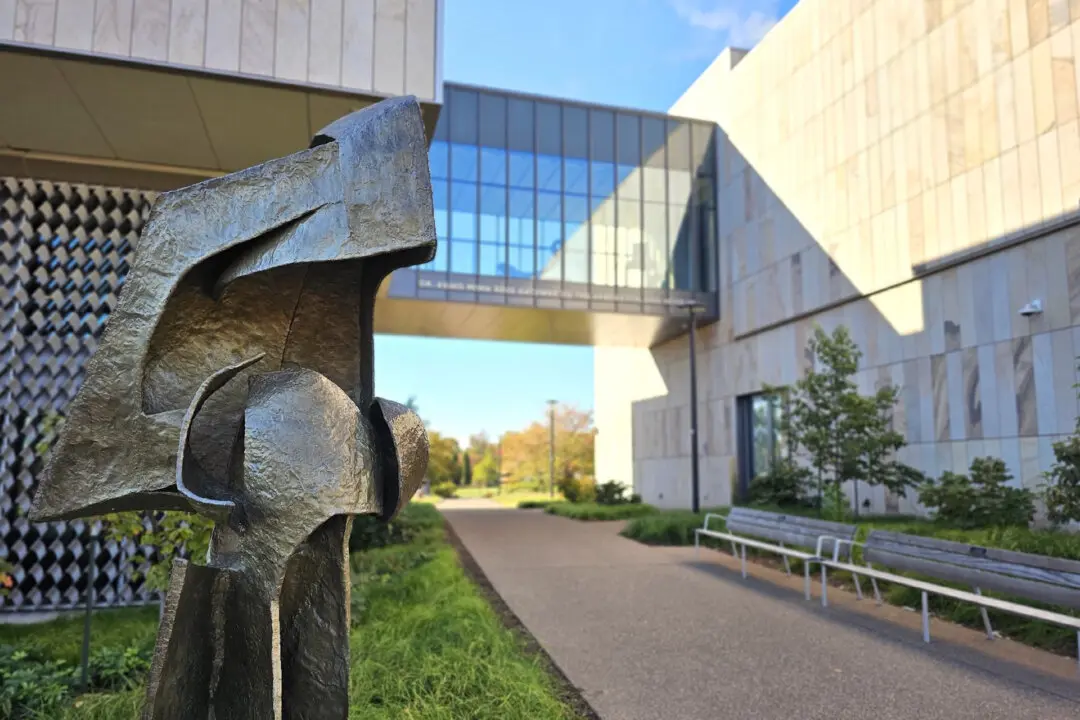After visiting Barbados 20 years ago, I wrote a story with the headline “Friendliness of the Barbadians is a potent lure.” Having recently returned from that Caribbean island, my original assessment still stands.
It didn’t take long after my wife, Fyllis, and I arrived to experience examples of this national trait. When I asked the driver of another car for directions to our hotel, he insisted on leading us there in his own vehicle. After I unknowingly dropped some money on a restaurant floor, a waiter followed me to the door and returned it. And the examples continued.





